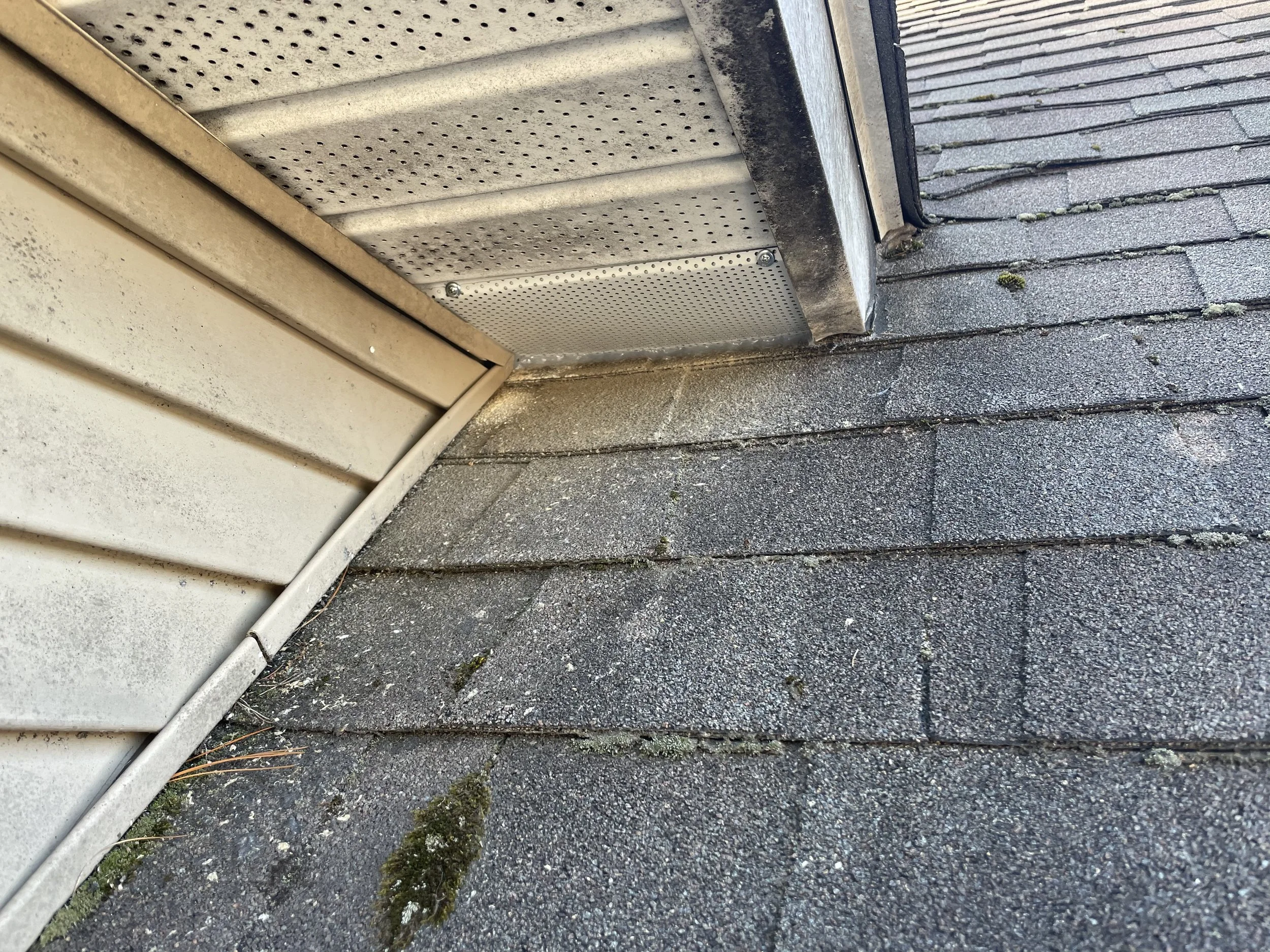Bat Removal Services
Do you hear bats living inside the attic of your Massachusetts property? We specialize in bat removal services to safety and humanely remove unwanted bats, and prevent future health risks for our customers.
The vocalizations of bats is very recognizable. It’s a high pitch, quick chirp that is often quick and repetitive. You may hear this from the inside of your home or the outside, and often it is heard when the sun first hits the roofline in the area bats are roosting. You many also hear it just before dusk as they are waking up and anticipating leaving for the night to go feed.
about Brown Bats
Attic spaces are perfect roosting spots for bats. They are nocturnal and typically use the attic for roosting during the daytime, and venturing in and out overnight to feed on insects. While bats are beneficial to have around the area as they consume large amounts of mosquitoes and other insects, having them inside your home is not ideal.
Listen to what a Bat sounds like here 🔉
Guano
Bat droppings, also known as guano, can be very harmful, even if you don’t think your breathing it in. Histoplasmosis is the most widely talked about transferable respiratory disease from bat droppings, while others can be present as well. Bats leave large amounts of droppings, and being colony animals, these piles of droppings can build up very quickly.
Big Brown Bat and Little Brown Bat
The two most common bats in this area historically are the big brown bat and the little brown bat. The little brown bat population was heavily decimated by white nose syndrome, a facial fungus that was first observed in the late 2000’s and still being monitored today. They are much less common due to this. These two species are typically cave hibernators, and attic spaces are similar in structure to caves. That is why they are attractive to bats, and why the often end up in your home.
BAT Breeding
Bats go through their breeding cycle in early to mid summer, and young bats often enter living spaces in late summer as they are trying to find their way around. They can drop down wall voids, vent systems, or just find nooks and crannies that lead to the living space. An inspection is highly recommended if you have had a bat in the home, since it means there are most likely others. Due to their small size, it only takes a tiny gap in the roof line, siding, chimney structure, or soffit to allow a bat to pass through. Often times these are too small to see from the ground or in places that are not visible without getting up close.
BAT EVICTION
There are specific guidelines when evicting bats in Massachusetts, and we follow all state regulations to get the job done safely and effectively. We use one-way doors to evict bats during the proper times of year, and also offer bat removal when the have entered the living space. When you have had one bat in the living space, it is important to have a inspection done of the attic and roof to see if others are present. Bats are naturally colony animals so if you have one, it is safe to assume there are more nearby. Bats in the attic are the most common, but do end up in basements on occasion. We offer bat and bat colony removal, through the use of one way doors as well as full home sealing to prevent future entry.
Bats will often hibernate in attic spaces. Once they are inside for the winter, they will tuck themselves away in areas such as insulation, wall voids, or little spaces that are out of the way of cold air drifts. Bats are true hibernators, but sometimes do not enter a full hibernation due to the warmth of the area they are in if they are in your home. This causes occasional movement or run ins during winter, when they should be hibernating. They do not leave new droppings in the winter as they are not eating. Cleanup of bat guano is very important and we offer full cleanups and sanitation.








